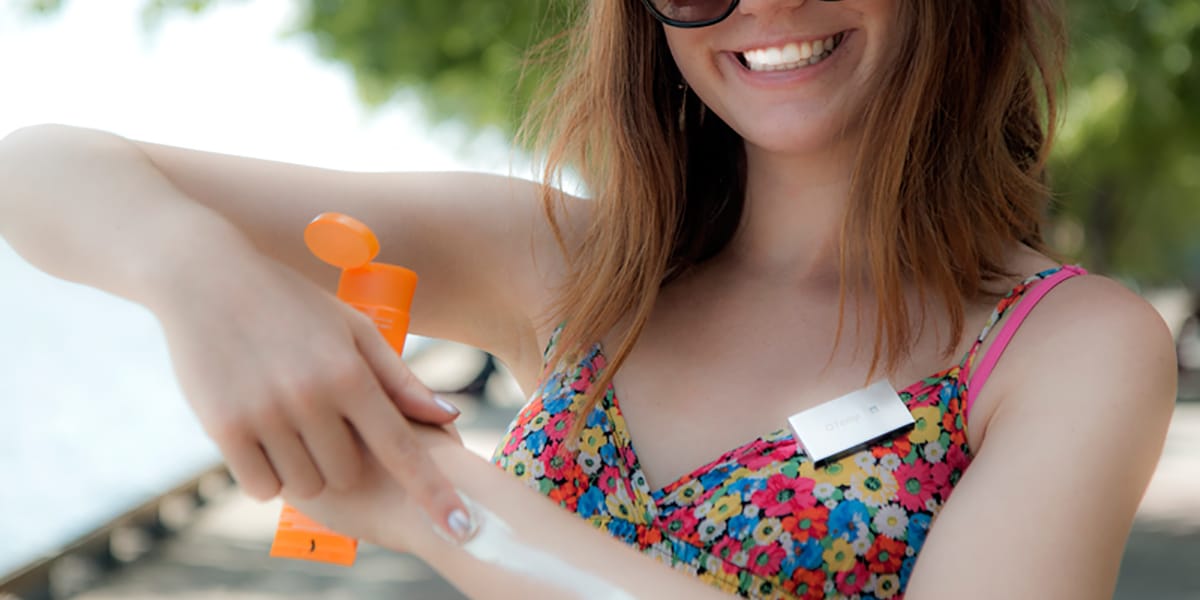Most of us know that we should wear sunscreen on a daily basis. But did you know that there are different types of sunscreen that act differently once applied to your skin? If you’re searching for the right sunscreen for your toddler’s sensitive skin, or if you have sensitive skin yourself, you may want to try a physical sunscreen.
Sunscreens contain ingredients that protect against damage caused by UV radiation exposure. These ingredients are referred to as “active ingredients”, and they protect you from the sun in one of two ways: chemically or physically. You may have heard myths that sunscreens are unsafe to use and can cause skin cancer¹, but this has not been proven¹⁻².
Chemical sunscreens absorb UV radiation before it can penetrate your skin¹. A common chemical sunscreen is oxybenzone. It protects against both UVA and UVB rays, making it broad-spectrum³. According to the American Academy of Dermatology, oxybenzone is safe to use and has not been shown to cause health problems. The FDA has approved oxybenzone for use in individuals over the age of 6 months⁴.Physical sunscreens deflect UV radiation before it can penetrate your skin¹. Some common physical sunscreens include titanium dioxide and zinc oxide. Like oxybenzone, these ingredients offer broad-spectrum protection. Sunscreens geared towards infants and people with sensitive skin often contain titanium dioxide or zinc oxide. These ingredients are known to be less irritating to the skin compared to chemical sunscreens³, but can leave skin looking white and chalky¹.
Whether you opt for a chemical sunscreen or a physical one, it’s important to reapply it every 2 hours, or after 40 minutes in the water if the sunscreen is “water resistant”, or after 80 minutes in the water if the sunscreen is “very water resistant”³. Sun Index will let you know exactly when it’s time to reapply sunscreen.Sources:
- Racco, M. (2016). Mean screens: Why do sunscreens have a bad rep? Retrieved July 13, 2016
- American Academy of Dermatology. (n.d.). Safety of sunscreen chemicals. Retrieved July 13, 2016
- American Academy of Dermatology. (n.d.). How to decode sunscreen lingo. Retrieved July 13, 2016
- American Academy of Dermatology. (n.d.). Is sunscreen safe? Retrieved July 13, 2016



